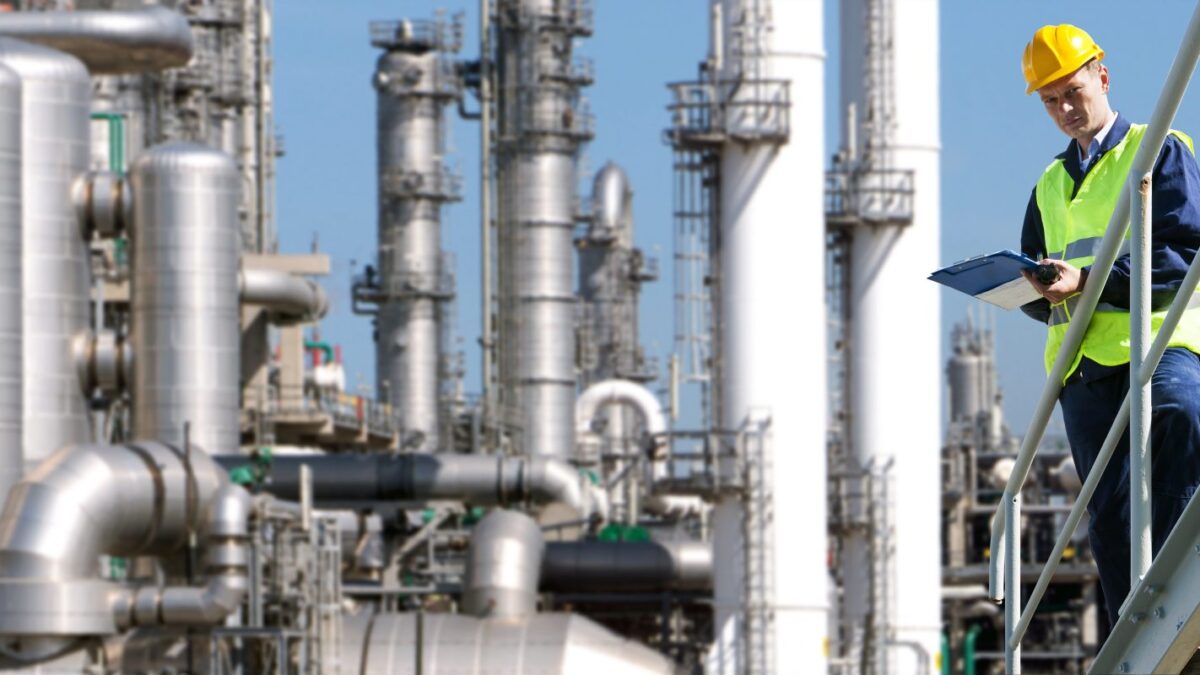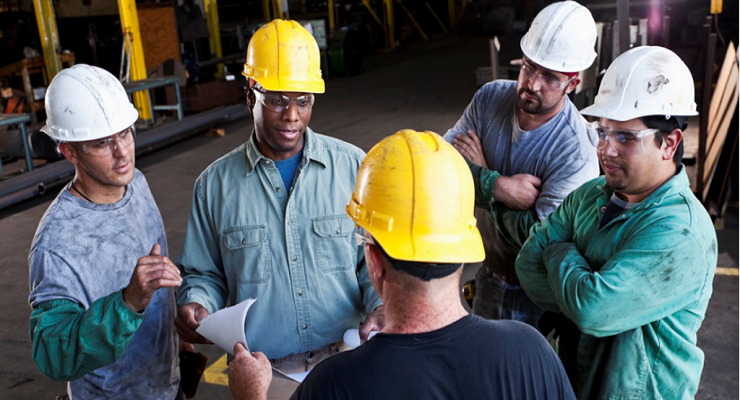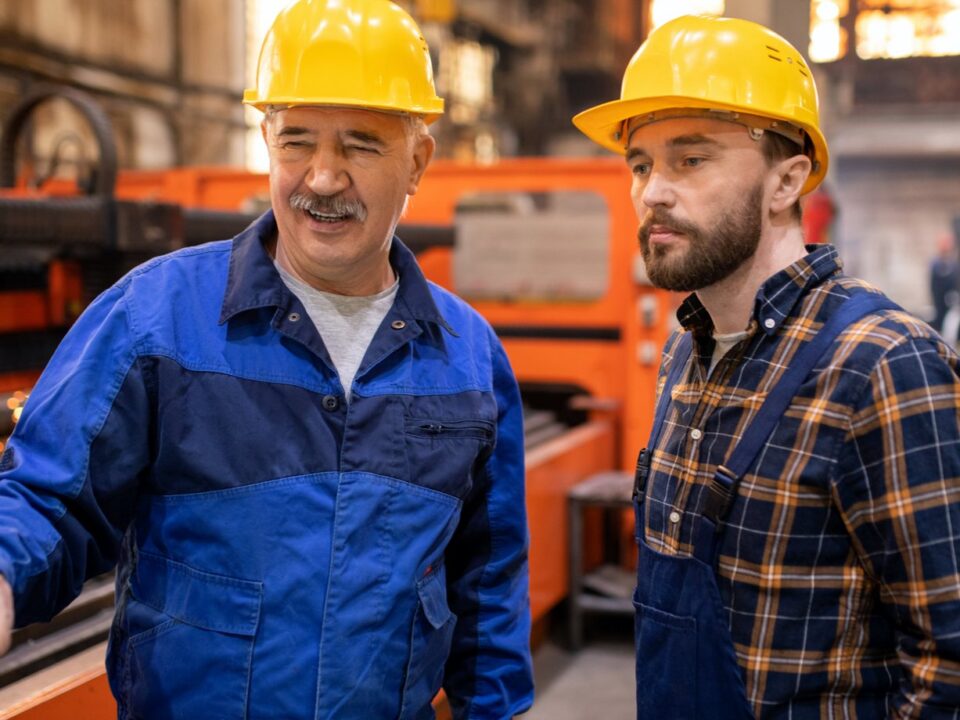The Crucial Role of Process Safety Audits in Preventing Workplace Accidents

Best Safety Consultant in Gujarat
June 20, 2023
Certified Work at Height Safety Audit
June 21, 2023The Crucial Role of Process Safety Audits in Preventing Workplace Accidents
In this article, we explore the importance of process safety audits and their crucial role in preventing workplace accidents. Too often, companies overlook the need for a comprehensive safety audit, resulting in risk exposures that can lead to catastrophic incidents. By understanding the key components of a successful safety audit and implementing best practices, organizations can ensure that they are taking all necessary steps to mitigate safety risks. We promise that by reading this article, you will gain valuable insight into how process safety audits can help protect your workforce and your bottom line.
Introduction
Every year, countless workers around the world suffer from occupational injuries and illnesses. These incidents not only cause physical harm to employees but can also lead to financial losses for businesses in terms of medical costs and lost productivity. The worst cases may even result in fatalities. While it’s impossible to completely eliminate all risks in the workplace, companies can take measures to minimize them. One essential tool for achieving this is the process safety audit.In this article, we will explore what a process safety audit is and its significance in preventing workplace accidents. We’ll also discuss how these audits help companies identify potential hazards and create effective risk management strategies. By the end of this article, you’ll have a better understanding of why process safety audits are crucial for ensuring safe working conditions for employees and improving business outcomes
Understanding process safety audits:
Process safety audits are a critical component of ensuring the safety of workers, as well as the smooth and efficient functioning of industrial processes. These audits are conducted to evaluate every aspect of a company’s operations, from equipment maintenance and emergency preparedness to employee training and workplace culture. They help identify potential hazards that may compromise workplace safety and prevent accidents before they occur.The process safety audit involves an in-depth examination of the company’s procedures, systems, and operations. The audit team consists of experts in various fields such as engineering, health and safety, environmental protection, etc. They will inspect every aspect of the company’s operations to identify potential risks that could lead to accidents or hazardous incidents.
Moreover, process safety audits play a crucial role in identifying gaps in the compliance with regulations or industry standards. It helps ensure that all necessary measures are being taken to manage risk effectively while complying with legal requirements. Ultimately, a comprehensive process safety audit empowers companies with the knowledge required for making evidence-based decisions about workplace safety improvements.
The importance of workplace safety
The importance of workplace safety cannot be overstated. Every employee has the right to work in an environment that is free from harm and danger. Employers have a responsibility to provide a safe and healthy workplace for their workers, which includes identifying and mitigating potential hazards.A lack of attention to workplace safety can result in devastating consequences, including injuries, fatalities, and financial losses. Workplace accidents not only impact the lives of workers directly involved but also affect their families, coworkers, employers, and even entire communities.
Implementing process safety audits is a proactive approach to prevent accidents from happening in the first place. Regular audits ensure that potential risks are identified early on and addressed before they become major issues. By prioritizing workplace safety through process safety audits, employers can demonstrate their commitment to protecting their employees while also improving productivity and profitability.
Risk assessment in process safety audits
Risk assessment is a critical component of process safety audits. The goal of risk assessment is to identify potential hazards and their associated risks, prioritize them, and then develop and implement strategies to manage those risks. This process involves evaluating all aspects of the workplace, including the equipment, procedures, personnel, and environment. During risk assessment in process safety audits, it’s essential to have a thorough understanding of the equipment and processes involved in each stage of the operation. Each piece of equipment has its unique set of risks that need to be identified and assessed. Once identified, these risks are evaluated based on their likelihood of occurring and their potential impact on operations.
The results from risk assessments can be used to prioritize resources needed for mitigating these hazards effectively. It can also be used as a tool for continuous improvement by identifying trends or patterns in incidents or near-misses that occur at the facility. Employing a robust risk assessment program not only ensures that the workplace is safe but also leads to increased productivity by minimizing downtime due to accidents or unplanned shutdowns.
Continuous improvement and monitoring of process safety systems
Continuous improvement and monitoring of process safety systems are vital to ensure that workplace accidents are prevented. After conducting a process safety audit, it is essential to make necessary adjustments, implement changes, and continuously monitor the effectiveness of the safety systems.Continuous improvement should always be a priority in any workplace. This involves evaluating the effectiveness of current safety procedures and making improvements as necessary. By doing so, employees can be assured that their employer is taking proactive measures to prevent accidents and create a safe work environment.
Monitoring process safety systems is an ongoing process that requires regular evaluation of potential hazards. Regular inspections, testing equipment, ensuring that employees receive proper training on new procedures or equipment are some of the ways to keep a safe environment. By continually monitoring processes and systems, employers demonstrate their commitment to preventing accidents and keeping employees safe at all times.
Conclusion
In conclusion, process safety audits play a crucial role in ensuring workplace safety. By conducting regular audits and assessments, companies can identify potential risks and take corrective actions to prevent accidents before they happen. The continuous improvement and monitoring of process safety systems are key to maintaining a safe work environment. While accidents cannot be completely eliminated, it is important that companies prioritize the safety of their employees by investing in robust process safety systems, conducting regular audits, and implementing corrective measures when necessary. By doing so, they can create a culture of safety that protects their employees and ultimately benefits the bottom line through increased efficiency and productivity.
At TSM TheSafetyMaster Private Limited we offer following services
TSM TheSafetyMaster® Private Limited
Unit No 221-451-452, SPL1/J, 2nd & 4th Floor, Sunsquare Plaza Complex, RIICO Chowk, Bhiwadi 301019, Rajasthan, India
Phone: +91 1493 22 0093
Mobile: +91 7665231743/9413882016
Email: info@thesafetymaster.com




